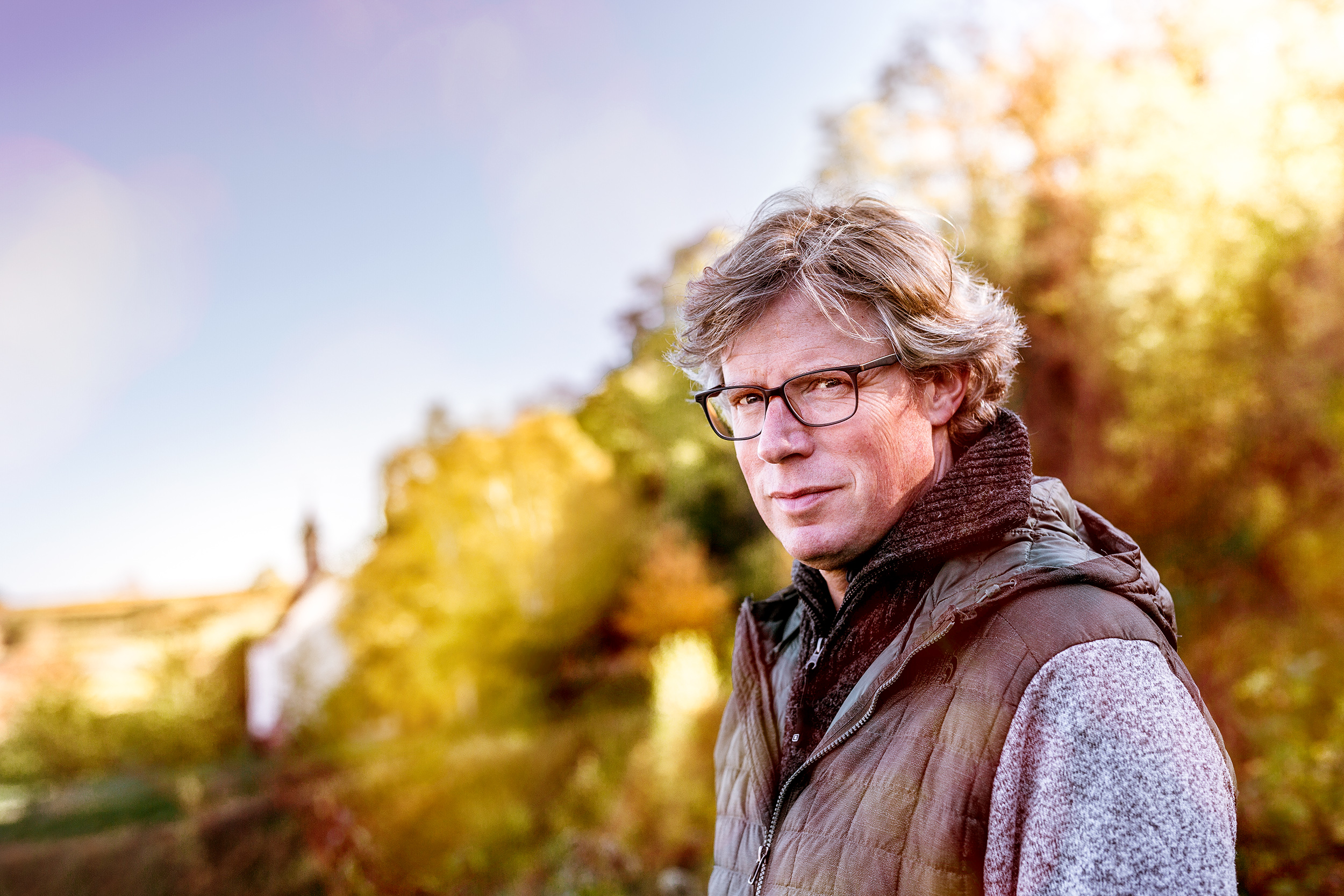Photo credit: Weingut Salwey
Meet Konrad Salwey
Estate: Weingut Salwey
Region: Baden
Village: Oberrotweil in the Kaiserstuhl area
Focus: Pinot Noir (40%), Pinot Gris (27%), Pinot Blanc (14%), Chardonnay (13%), Other Varieties (6%)
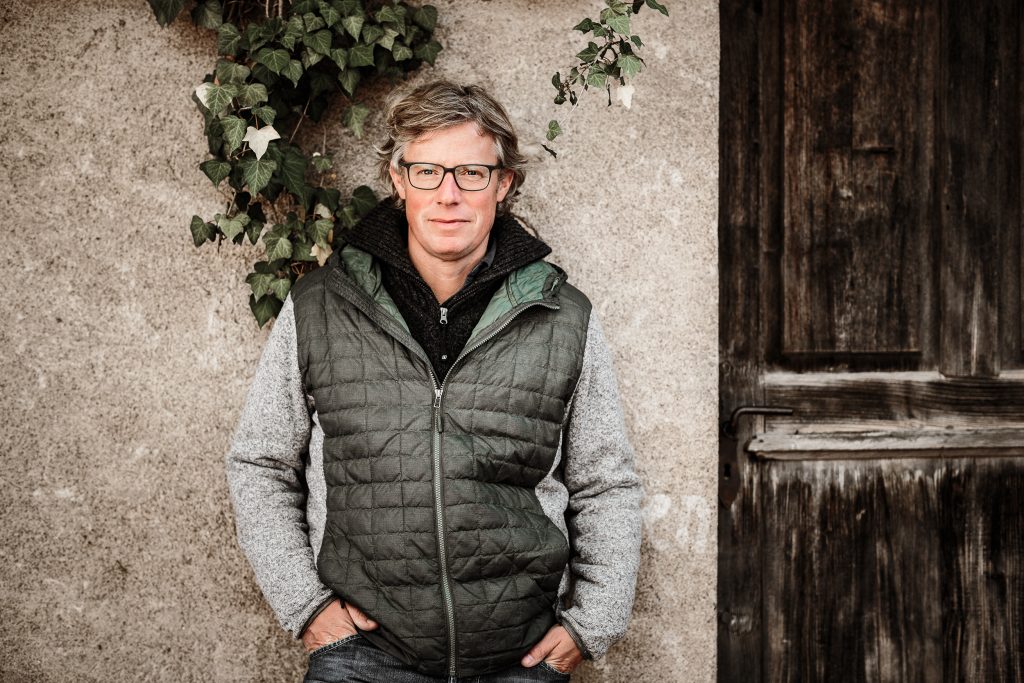
Photo credit: Weingut Salwey
Background
Located in the Kaiserstuhl area of Baden, the Salwey estate sits on top of an extinct volcano in Germany’s most sun-drenched and southernmost region. While the family’s viticultural roots reach back to the 18th century, the name Salwey didn’t join the family-operated winery until three generations ago.
Heinrich Nepomuk Steiert laid the foundation for the winery as early as the 1920s, joining the Association of German Natural Wine Auctions – the forerunner of today’s Verband Deutscher Prädikatsweingüter (VDP). His daughter Anneliese married Benno Salwey in 1940, and together they ran the farm with a mixed focus on agriculture and viticulture. Their son, Wolf-Dietrich Salwey, took over in 1985, converting the family business to focus exclusively on wine and further developing the reputation of the Salwey estate for quality wines. His passion was Pinot Noir, and he was an active supporter of the founding of the VDP Baden, leading Weingut Salwey to become the first Baden member of the VDP.
Wolf-Dietrich’s oldest son, Konrad, trained as a winemaker at other famed German estates, including Hans Wirsching in Franken and Müller-Catoir in the Pfalz. Konrad then wasted no time completing his oenology studies at the acclaimed University of Geisenheim. After spending time in Alsace and Burgundy in France, he then returned to his family’s winery in 2002 to gradually assume ownership of the Salwey Estate, fully taking charge in 2011.
Today, Konrad remains responsible for the strategic direction of the winery, working to maintain the balance of rich tradition and industry-altering innovation. Salwey is best known for experimenting with new techniques and procedures, working to advance the style of vinification. Konrad transitioned the estate to produce only dry wines, and placed greater emphasis on single-site wines. One of his greatest passions is Pinot Gris, a cornerstone of the Salwey estate. A Burgundian specialist, Salwey is considered an industry leader when it comes to Germany’s light, fresh Pinot varietal wines.
When Konrad is not overseeing the winery, you can find him enjoying his second passion: pétanque. The simple French outdoor lawn game, which is similar to bocce ball, is played – and loved – all around the world.
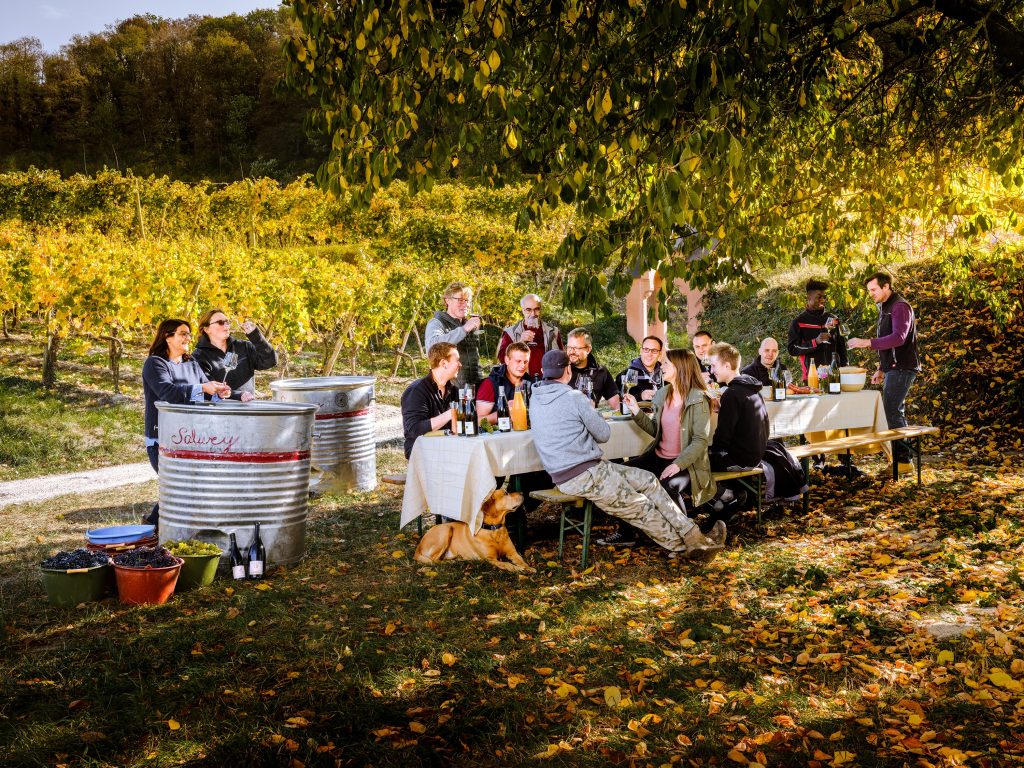
Photo credit: Weingut Salwey
Vineyards
The Salwey Estate is located in the Kaiserstuhl, a small volcanic mountain range that formed around 13 to 15 million years ago. The eruptions, faults, and folds that occurred millions of years ago give its vineyards a unique topography. The countless varieties of lava, magma, and volcanic rocks create a unique soil mineralization and terroir composition.
Loess, or sand and desert dust, may have been carried by wind from Africa and deposited in the Kaiserstuhl thousands of years ago. This unique, fertile sediment contributes enormously to the region’s rich viticulture, producing soft, supple, and aromatic wines. Together, these factors give an unmistakable minerality and taste to the wines.
In addition, the Salwey vineyards see a climate with substantial rainfall, drying winds, and around 1,800 hours of sunshine, which is rare for most German regions. The estate’s top locations for growing are the Kirchberg, Henkenberg, and Eichberg vineyards.
Tourists and locals alike can explore the Kaiserstuhl with a bottle of Salwey wine in hand, thanks to the estate’s Rotwiiler Backpack, a hiking care package including wines, regional delicacies, and a hiking map. The route is filled with fantastic views, comfortable seating, and an interactive scavenger hunt found on the back of the map. Visitors must first set up a personal appointment in order to book this experience.
Visitors can also take in the sights of the Kaiserstuhl at sunset with Salwey’s Sundowner Chillout package, which features reserved seating at the foot of the vineyards with wines and small bites to pair with the beautiful evening views. Learn more and book your visit here.
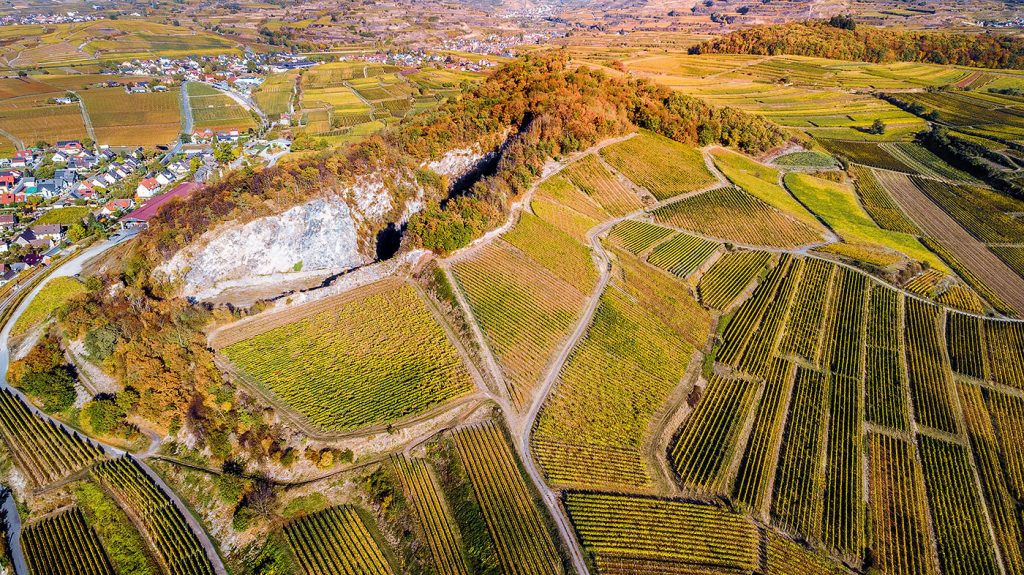
Photo credit: Weingut Salwey
The estate’s top locations for growing are the Kirchberg, Henkenberg, and Eichberg vineyards.
Kirchberg
Known as the “local mountain,” Salwey owns around 11 acres of vineyards on the Kirchberg. Now containing one of the best-protected nature reserves in the country, the region consists of hard, barren volcanic rock crossed with limestone veins. In the summer, only deeply rooted vines can survive the hot temperatures of the Kirchberg. The estate’s vines are located on steep slopes that receive cool winds from the east, ensuring the grapes are fresh and retain a nice acidity, producing bold, long-lasting wines.
Henkenberg
The Henkenberg is easily overlooked due to its moderate slope and inconspicuous location. However, the region’s unique soil cannot be missed, consisting of cooled, weathered lava and limestone veins. Covered by dark volcanic ash, the Henkenberg’s topography produces some of Salwey’s best Pinot Noirs, harvested from old vines.
Eichberg
Vineyards in the Eichberg consist of completely sun-drenched vines, grown in black, volcanic soil. Salwey’s plots strategically face east in order to protect the grapes from the harsh afternoon heat of the Kaiserstuhl. The Eichberg produces wines with great aging potential, with clear fruit and minerality.
Wines
Salwey is committed to the classic varieties of the Kaiserstuhl: Pinot Blanc, Pinot Gris and Pinot Noir, though they cultivate a number of others. Grapes are always harvested by hand and vinified into dry wines.
The style of Salwey is consistently clear and straightforward. The differing flavors and styles of Salwey wines depend primarily on the terroir, as Konrad believes in allowing nature the time and space to shape the final product. This includes high farming standards in the vineyards to using natural yeast in the cellar and avoiding fining of the wines and filtration. Konrad is also known as a specialist in selecting the finest wood barrels and barriques, and the estate produces three levels of wines: Salwey Estate wines, Reserve Salwey “RS”, and Grosses Gewächs, or single vineyard wines.
Salwey Estate wines are classics of the Kaiserstuhl, always dry and of excellent quality. These wines are perfect for day-to-day drinking or for any occasion. Reserve Salwey “RS” are Burgundian varietals from the Oberrotweiler region. The grapes are harvested late from old vines and aged in large wooden barrels. The Grosses Gewächs, or GG, wines are certified by the VDP and consist of elegant and dry Pinot Blanc, Pinot Gris, and Pinot Noir.

Photo credit: Weingut Salwey
Mountain Cellar
Salwey’s dedication to innovation doesn’t stop once the grapes are harvested. In 1997, Wolf-Deitrich created the estate’s pride and joy: the mountain cellar. Located at the Salwey Estate in Oberrotweil, a tunnel around 35 meters long was driven into the side of a mountain to create the perfect aging environment. The cellar creates consistently cool temperatures year round, which is vital to the success of the wines. The cellar also contains a built-in sprinkler system that controls the air’s humidity, benefitting the red wines in particular.
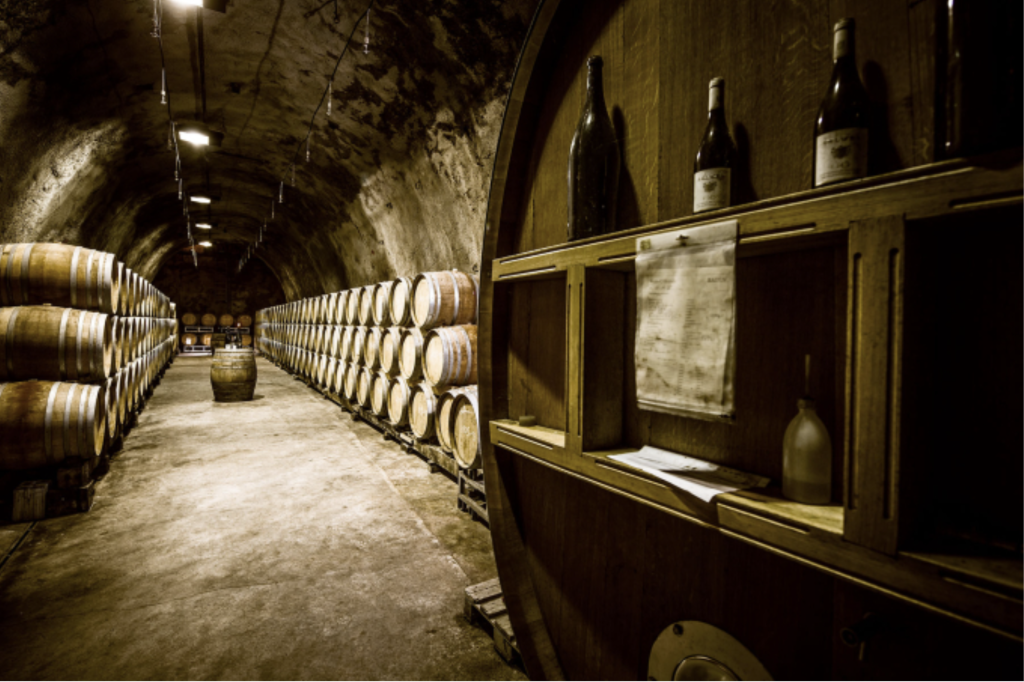
Photo credit: Weingut Salwey
Explore more on Weingut Salwey’s website
US Importer: The German Wine Collection
Thirsty for more? Follow Clink Different’s Instagram and Facebook to stay up-to-date on the latest blogs and upcoming events.
